The damaha, a traditional Nepalese drum with its distinctive copper body and animal skin head, has long been a cornerstone of cultural and ceremonial music in the Himalayan region. Its unique construction, combining metal and organic materials, presents both challenges and advantages in the humid, subtropical climates where it is often played. Unlike many Western percussion instruments, the damaha thrives in environments where moisture and heat are ever-present, its materials adapting in ways that modern synthetics often fail to replicate.
At the heart of the damaha’s resilience is its copper shell. Copper, known for its antimicrobial properties and malleability, reacts subtly to humidity. In Nepal’s monsoon seasons, the metal develops a patina—a thin layer of oxidation that protects the drum’s structural integrity without compromising its acoustic qualities. This natural process stands in stark contrast to the corrosion that plagues lesser alloys. Drummers often speak of how the metal "breathes," expanding minutely in heat and contracting in cooler temperatures, a dynamic that subtly alters the instrument’s timbre depending on the time of day or season.
The drumhead, traditionally made from water buffalo or goat hide, is where the damaha’s adaptability becomes most apparent. Unlike synthetic heads, which warp or detune irreversibly in high humidity, animal skin responds to moisture with a kind of organic intelligence. When damp, the fibers relax, lowering the pitch; as they dry, the skin tightens, returning to its original tension. This reversible transformation is exploited by skilled players, who adjust their playing technique to compensate for these shifts, creating a living dialogue between musician and instrument.
Local artisans have refined the damaha’s construction over generations to exploit these properties. The hide is cured using methods passed down through families, often involving herbal mixtures that preserve the skin while maintaining its elasticity. The copper shell is hand-hammered to precise thicknesses, ensuring the right balance between durability and resonance. These techniques, honed in Nepal’s variable climate, result in an instrument that doesn’t merely withstand its environment but integrates with it.
Modern attempts to replicate the damaha with synthetic materials have largely failed to capture this symbiosis. Plastic heads lack the nuanced response to humidity, while aluminum or steel shells produce a brighter, less complex tone. What might appear as a limitation—the drum’s sensitivity to weather—is, in practice, a feature. The damaha doesn’t fight its surroundings; it collaborates with them, its sound evolving with the atmosphere in a way that feels almost alive.
This adaptability extends to the drum’s role in Nepalese society. Played during festivals, weddings, and religious ceremonies, the damaha’s voice shifts with the occasion. In the humid air of summer solstice celebrations, its tones are deep and resonant, while in the crisp mornings of harvest festivals, the sound becomes sharper, more articulate. The instrument doesn’t just accompany these events—it participates in them, its physical transformations mirroring the seasonal rhythms of Nepalese life.
Western conservators initially struggled to preserve damaha specimens in climate-controlled museums, finding that the drums lost their character when removed from Nepal’s humidity. This led to a reevaluation of what "preservation" truly means for such instruments. Some institutions now maintain microclimates that mimic seasonal changes, allowing the drums to continue their natural cycles of expansion and contraction. It’s a rare case where modern science has had to adapt to traditional wisdom, rather than the other way around.
The damaha stands as a testament to the ingenuity of Nepalese craftsmanship—a technology rooted in deep observation of materials and environment. In an era where instruments are increasingly designed for consistency across climates, the damaha remains proudly local, its very nature tied to the land where it was born. To play one is to engage not just with an object, but with a living system, one that breathes, changes, and responds in ways no synthetic substitute can replicate.

By /Jun 6, 2025

By /Jun 6, 2025
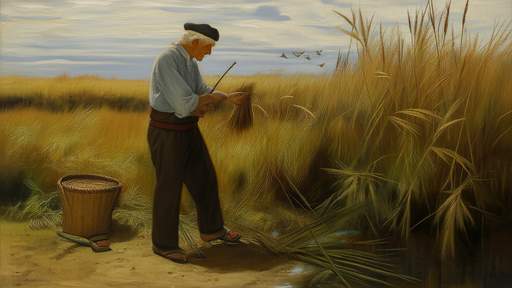
By /Jun 6, 2025
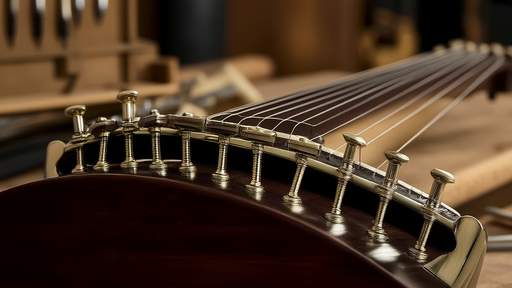
By /Jun 6, 2025
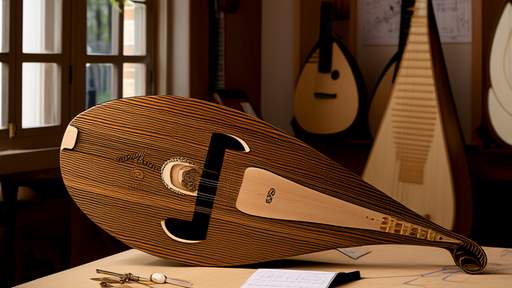
By /Jun 6, 2025
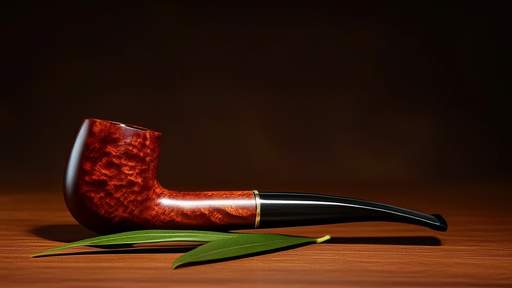
By /Jun 6, 2025
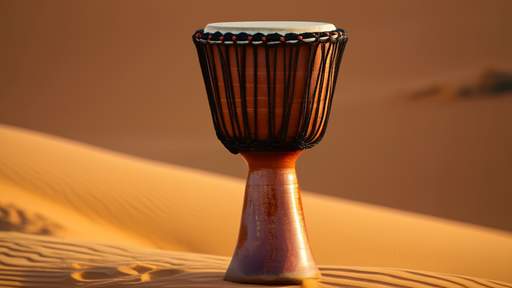
By /Jun 6, 2025
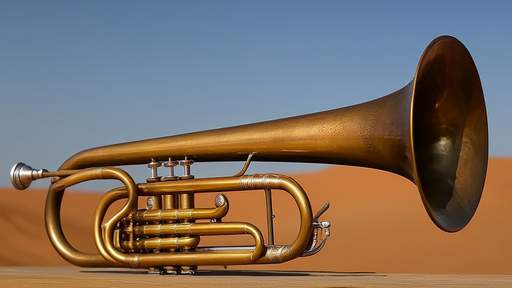
By /Jun 6, 2025

By /Jun 6, 2025

By /Jun 6, 2025

By /Jun 6, 2025

By /Jun 6, 2025
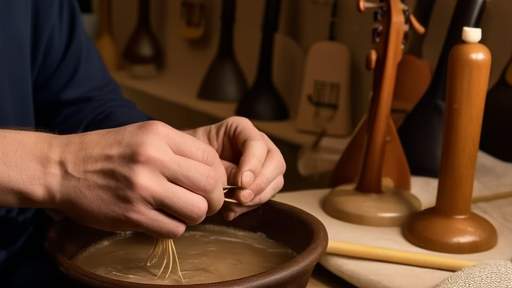
By /Jun 6, 2025
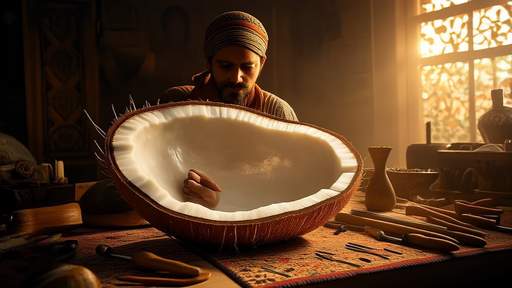
By /Jun 6, 2025
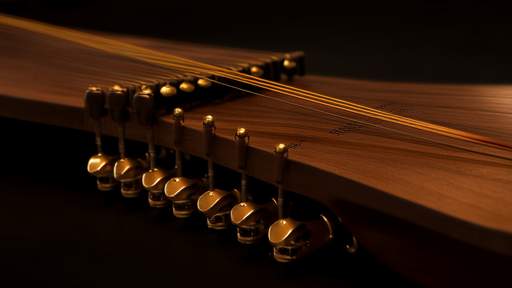
By /Jun 6, 2025
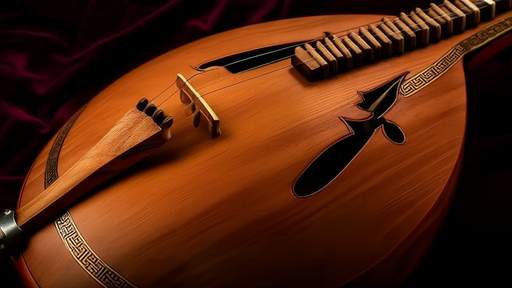
By /Jun 6, 2025

By /Jun 6, 2025
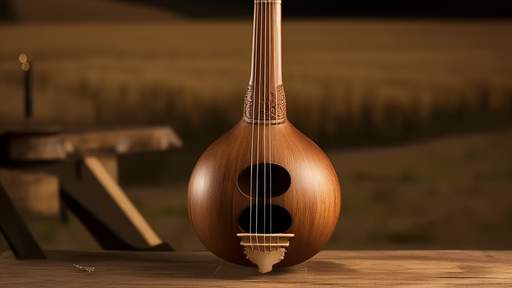
By /Jun 6, 2025
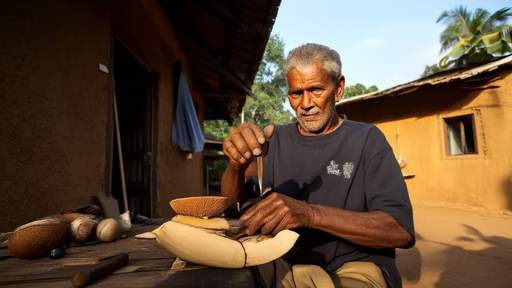
By /Jun 6, 2025
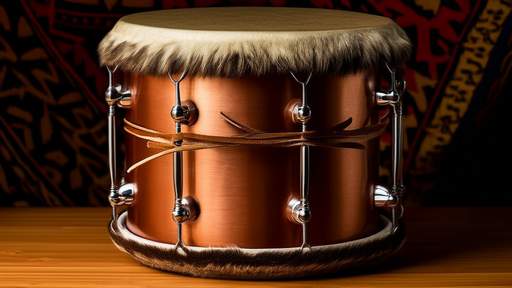
By /Jun 6, 2025